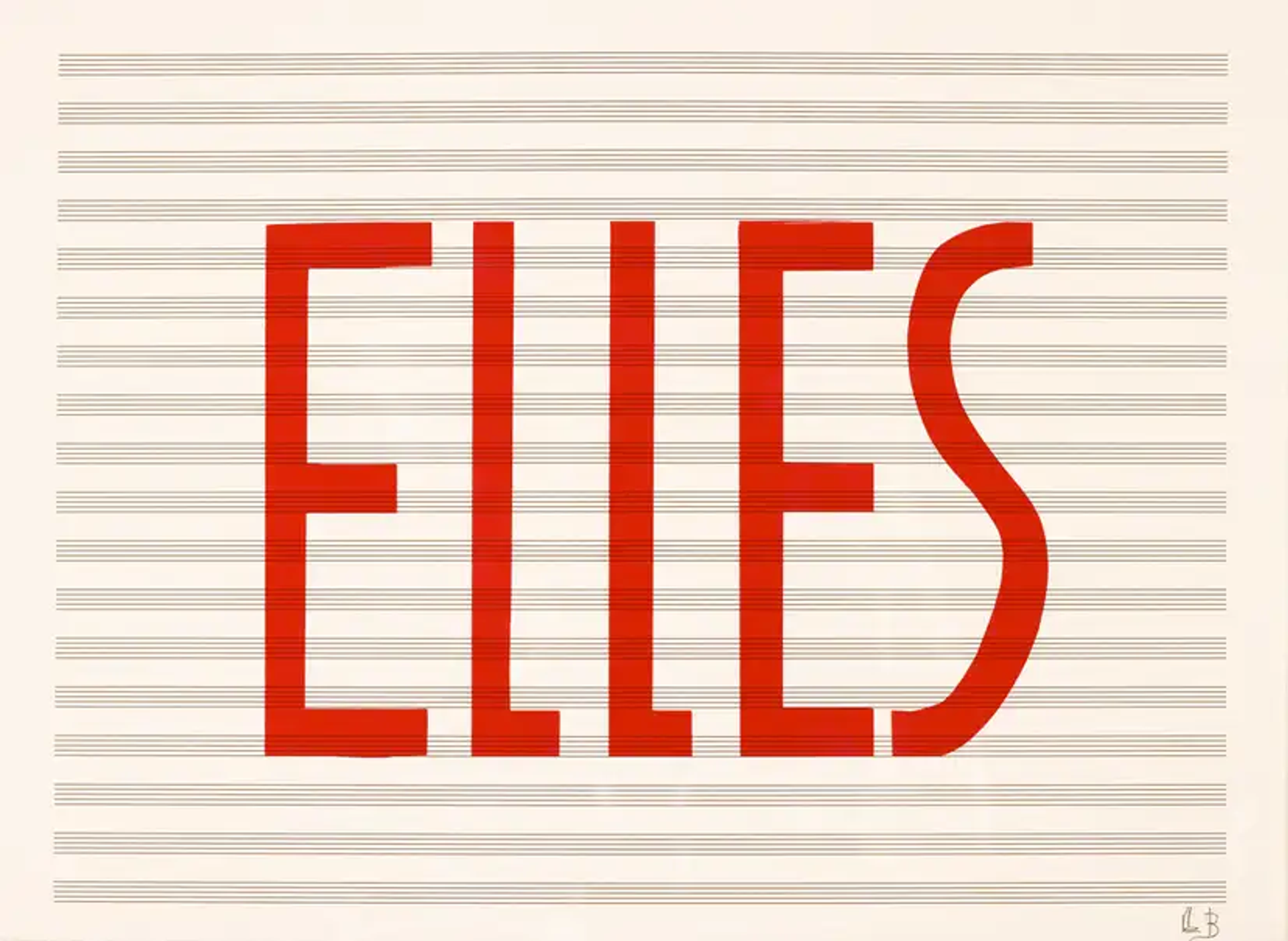Feminist Art History List: Books & Podcasts

 Five Women © Alex Katz 1977
Five Women © Alex Katz 1977Market Reports
Women artists have historically been overlooked, their contributions marginalised or erased from mainstream art history. The study of feminist art history seeks to challenge these omissions, reexamining the work of women artists and the societal structures that have shaped their representation. Whether exploring the feminist art movements of the 1970s, the influence of contemporary artists, or the historical narratives that have shaped artistic discourse, this article recommends a collection of works that reveal the revolutionary impact of women in art. Through their stories, feminist art history continues to expand, challenging traditional perspectives and reshaping our understanding of artistic innovation.
Recommended Books on Feminist Art History
Feminism and Contemporary Art: The Revolutionary Power of Women's Laughter by Jo Anna Isaak
Jo Anna Isaak explores the influence of women artists in contemporary art, focusing on figures like Cindy Sherman, Barbara Kruger, Jenny Holzer, Jeanne Silverthorne, and the Guerrilla Girls. She examines how their work challenges traditional narratives, blending artistic expression with feminist theory. Through analysis of their struggles and successes, Isaak highlights how these artists have reshaped the art world and contributed to the evolution of feminist thought. (Feminism and Contemporary Art)
Women Art Dealers: Creating Markets for Modern Art, 1940–1990 by Véronique Chagnon-Burke & Caterina Toschi
Women Art Dealers examines the impact of women gallerists in shaping the international art market between the 1940s and 1980s. Highlighting figures often overlooked in male-dominated art history, the book explores how these dealers promoted modern and contemporary art across continents, laying the foundation for today’s globalised market. Through detailed case studies - supported by a rich selection of visual materials, including portraits, exhibition photographs, and archival documents - the book challenges traditional art market narratives and redefines their role in the evolution of contemporary art. (Women Art Dealers)
Women Artists Together: Art in the Age of Women's Liberation by Amy Tobin
Amy Tobin examines how the women’s liberation movement inspired a generation of women artists, focusing on the power of collaboration in shaping feminist art. She explores both the unity and tensions within the movement, highlighting how artists and collectives in the UK and US navigated issues of class, gender, race, and sexuality. Featuring figures like Judy Chicago, Harmony Hammond, and Howardena Pindell, as well as influential groups and publications, Tobin provides a fresh perspective on the history of feminist art and its impact on contemporary practice. (Women Artists Together)
The Story of Art Without Men by Katy Hessel
Katy Hessel redefines traditional art history by spotlighting the overlooked contributions of women artists from the Renaissance to the present. She introduces readers to figures like Sofonisba Anguissola, Harriet Powers, and groundbreaking contemporary artists, challenging the male-dominated narrative of art history. Covering movements from the Dutch Golden Age to post-war Latin American art, Hessel takes readers on a global journey, revealing the diverse and revolutionary impact of women in art. (The Story of Art Without Men)
Women, Art and Society (World of Art) by Whitney Chadwic
Whitney Chadwick challenges the notion that great women artists are rare exceptions who overcame their gender to achieve success. Instead, she explores how women’s contributions to visual culture - from the Middle Ages to the present - have often been overlooked or marginalised. More than just a study of women artists, the book examines how their work has been shaped by gender perceptions and reappraises their place in art history. Chadwick also delves into the impact of feminism and the intersections of ethnicity, class, and sexuality in shaping artistic narratives. (Women, Art and Society)
Women, Art, and Power and Other Essays by Linda Nochlin
This collection brings together seven groundbreaking essays by Linda Nochlin, examining the role of women in art history and the social structures that have influenced their representation. Through her critical analysis, Nochlin challenges traditional narratives, questioning why women artists have been historically overlooked and how power dynamics have shaped their place in the art world. (Women, Art, and Power and Other Essays)
Recommended Podcasts on Feminist Art History
The Great Women Artists - Hosted by Katy Hessel
Katy Hessel interviews artists about their careers and speaks with curators, writers, and art enthusiasts about the female artists who have inspired them the most. Each episode celebrates the impact of women in the art world, offering insightful discussions on their work and influence. (Spotify)
Bow Down: Women in Art - Hosted by Jennifer Higgie
In each episode, Jennifer Higgie - editor at large at Frieze - invites artists, writers, historians, or curators to highlight an overlooked female artist who deserves greater recognition. The podcast challenges the traditional art historical narrative, shedding light on the vital contributions of women in art across centuries. (Spotify)
Art History for All - Hosted by Allyson Healey
Allyson Healey aims to make art history accessible by exploring individual artworks, often highlighting pieces by female artists, and discussing their significance within the broader art historical context. (Spotify)
Patriarchy in Art History, Breaking Down Patriarchy: Episode 50 with Dr. Danielle Stewart
Dr. Danielle Stewart delves into the patriarchal constructs within art history and criticism, examining how these frameworks have influenced the representation and recognition of women artists. (Breaking Down Patriarchy)
This Women's Thing: Feminism and the Arts - Season 3, Episode 12 ARTiculated
This episode explores the intersections of feminism and the arts, featuring discussions on feminist art movements and the impact of feminist thought on artistic practices. (Apple)






